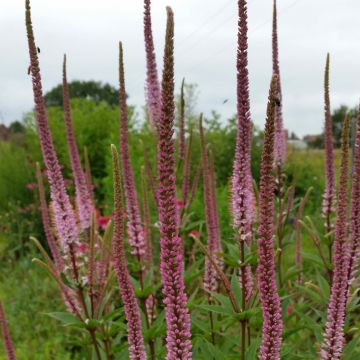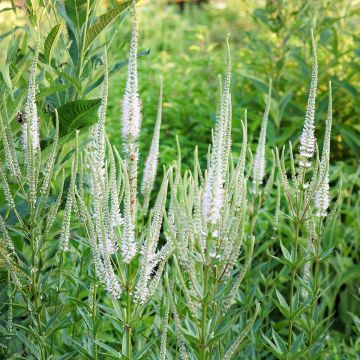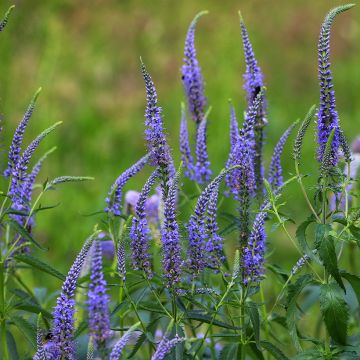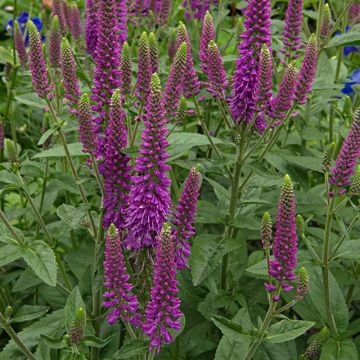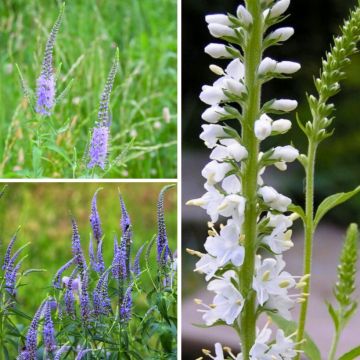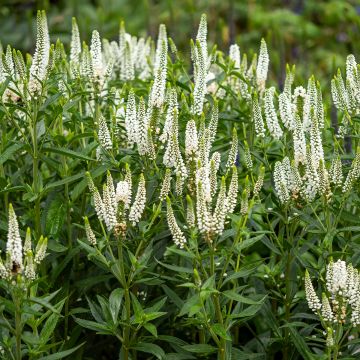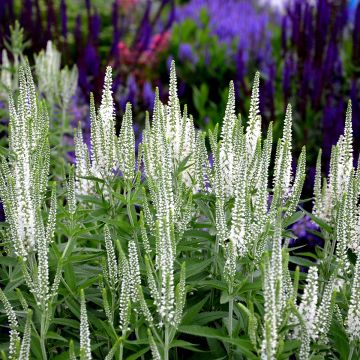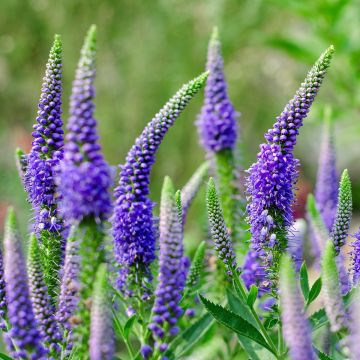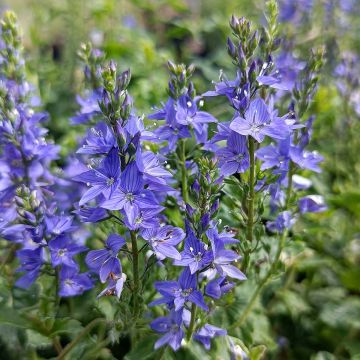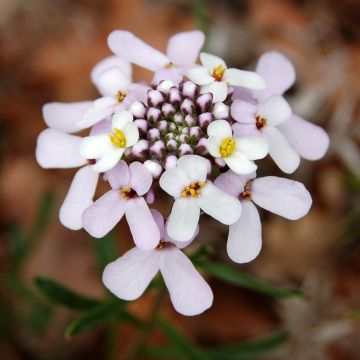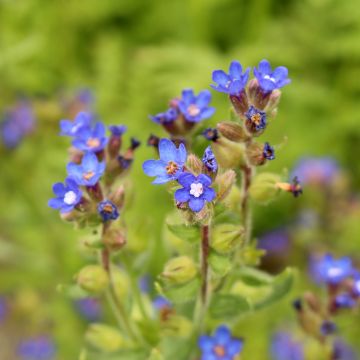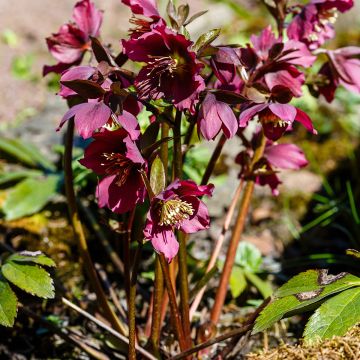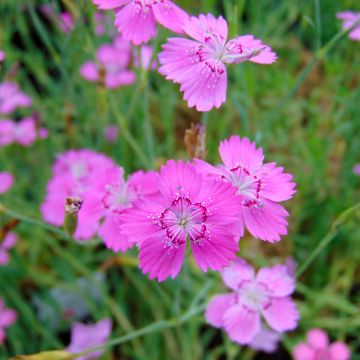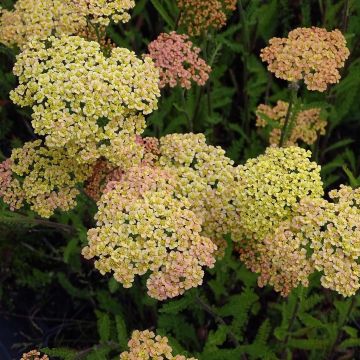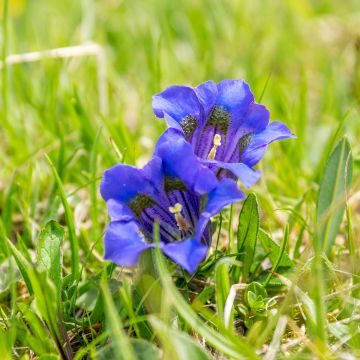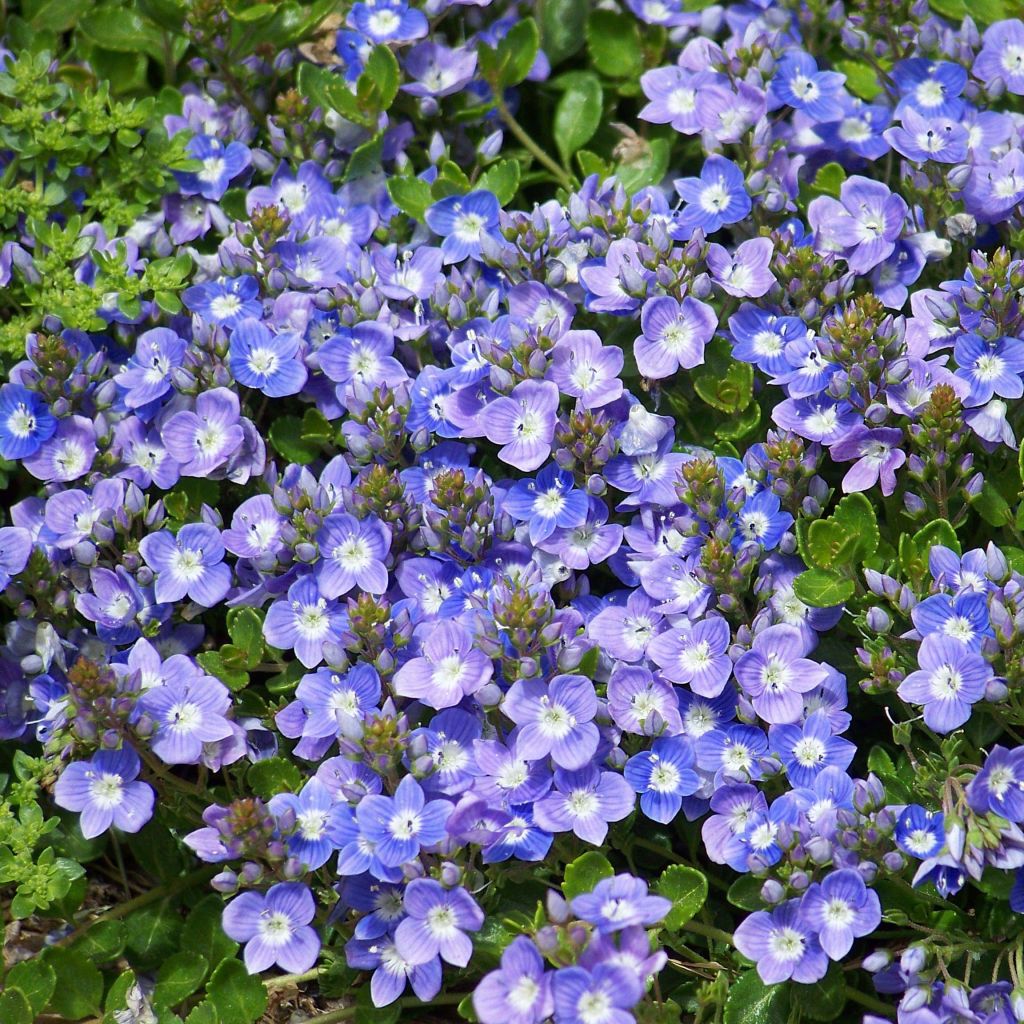

Veronica liwanensis
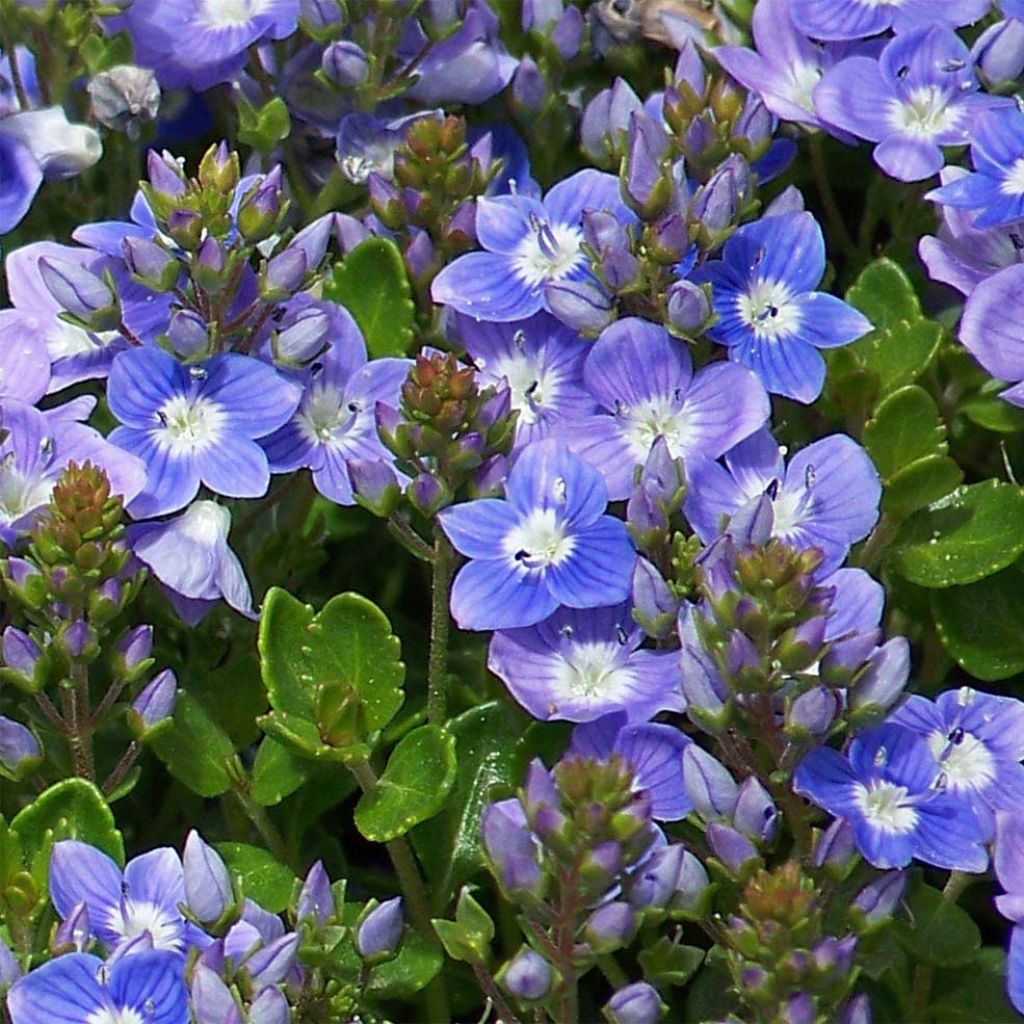

Veronica liwanensis
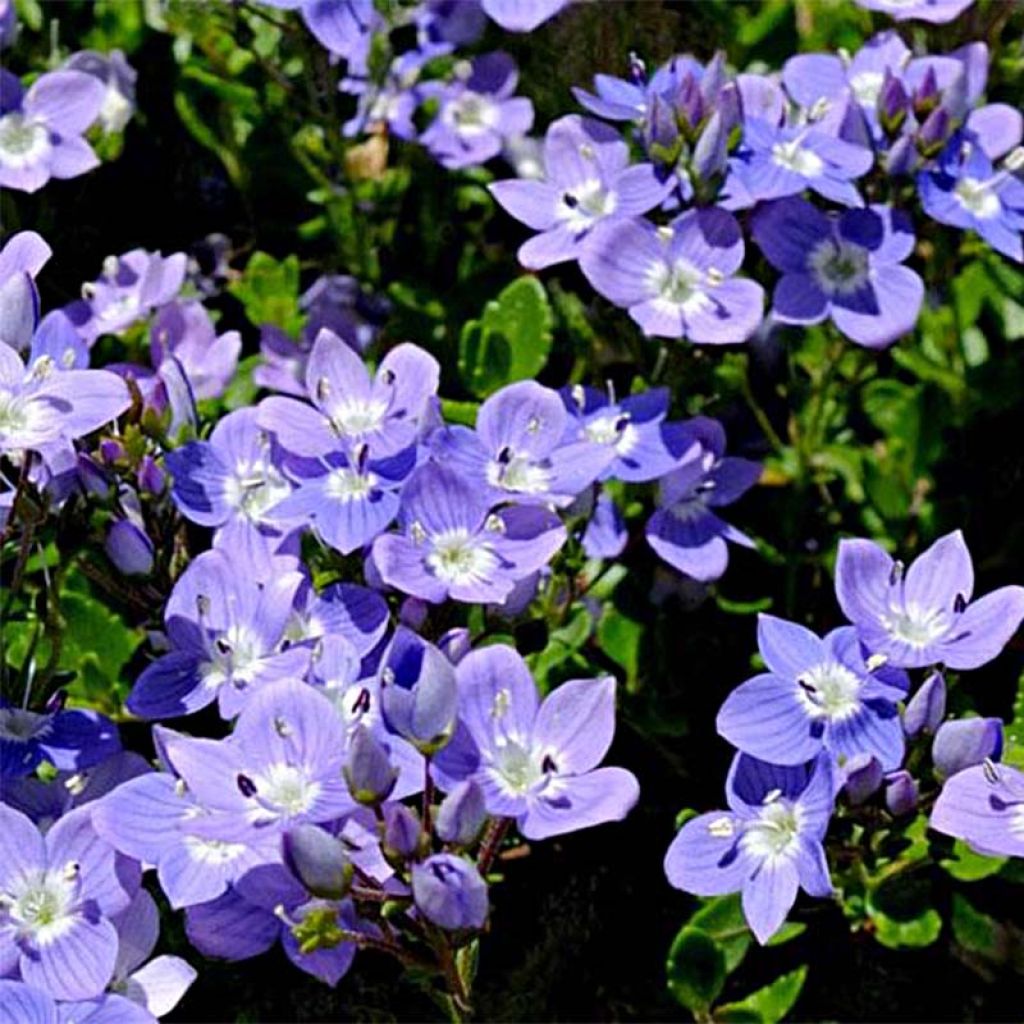

Veronica liwanensis
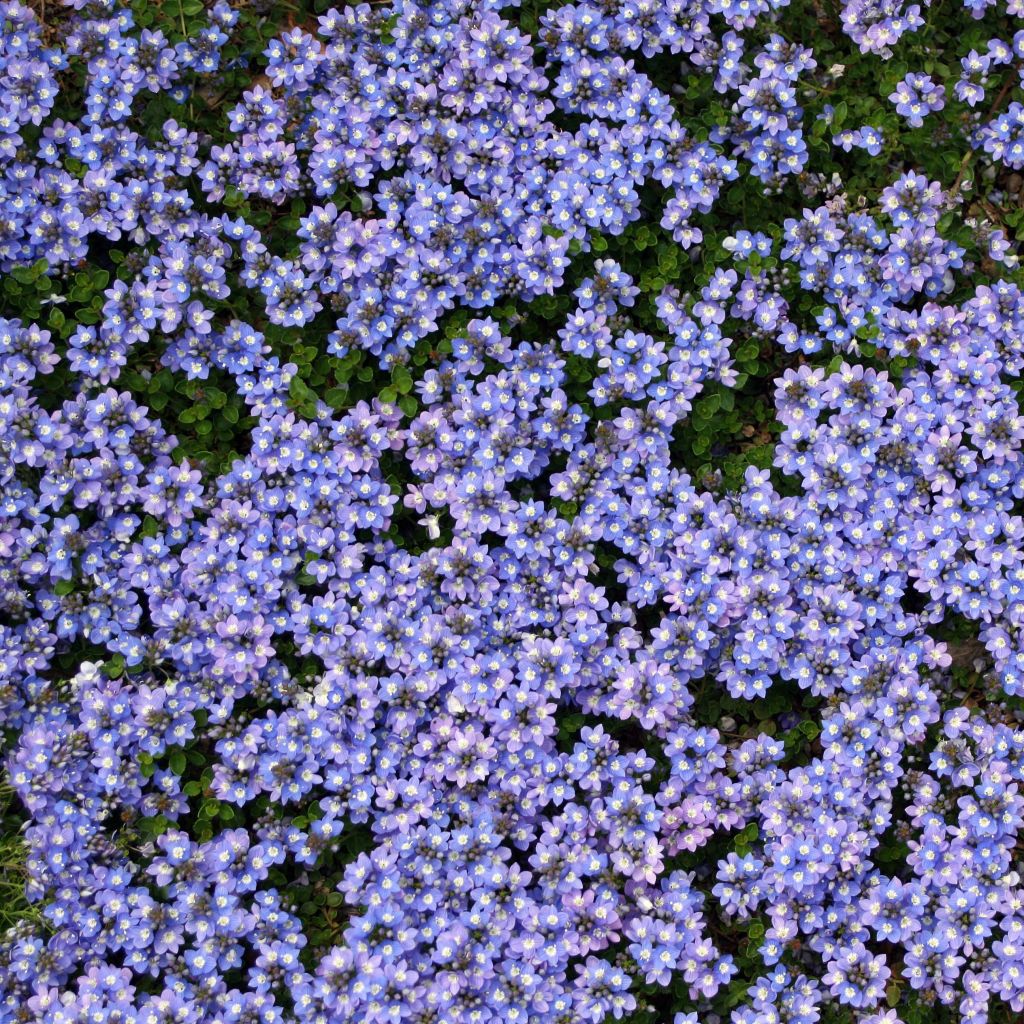

Veronica liwanensis


Veronica liwanensis
Veronica liwanensis
Veronica liwanensis
Speedwell
We live in Brittany. I planted them by the roadside, in full sun. In six months, they grew to 15cm in diameter. I'm happy they make a nice tapetum.
John, 12/08/2025
Special offer!
Receive a €20 voucher for any order over €90 (excluding delivery costs, credit notes, and plastic-free options)!
1- Add your favorite plants to your cart.
2- Once you have reached €90, confirm your order (you can even choose the delivery date!).
3- As soon as your order is shipped, you will receive an email containing your voucher code, valid for 3 months (90 days).
Your voucher is unique and can only be used once, for any order with a minimum value of €20, excluding delivery costs.
Can be combined with other current offers, non-divisible and non-refundable.
Home or relay delivery (depending on size and destination)
Schedule delivery date,
and select date in basket
This plant carries a 12 months recovery warranty
More information
We guarantee the quality of our plants for a full growing cycle, and will replace at our expense any plant that fails to recover under normal climatic and planting conditions.
Would this plant suit my garden?
Set up your Plantfit profile →
Description
Veronica liwanensis is a small Turkish speedwell with a low, creeping, evergreen growth habit that slowly forms a dense ground cover. It almost disappears in late spring under a swarm of small, bright cobalt blue flowers, and its succulent foliage takes on beautiful bronze to purple hues in winter cold or intense summer heat and sunlight. It is more generous in moist soil and sometimes re-blooms during the summer or in September. As it will tolerate occasional trampling, this perennial can be used as an alternative to grass in less-used areas. A delightful, care-free and low-maintenance plant, perfect for rockeries, borders, and informal flower beds.
Veronica liwanensis is a perennial plant from the scrophulariaceae family with rooting stems. It is native to Eastern Asia and the Caucasus, particularly northern Turkey, where it grows at high altitudes on rocky slopes and in alpine meadows. It develops slowly, forming numerous short and prostrate branches on the ground. The height of the foliage does not exceed 5 cm (2in). Each stem produces roots at the nodes, allowing the plant to cover the ground over a diameter of at least 40 cm (16in), more over time. The stem is solid and covered with small white hairs. The fairly light green foligae is evergreen and composed of small, oval, opposite, entire, fleshy, and shiny leaves, toothed along the edges. In May-June, the plant produces clusters of small flowers with 4 pale blue petals striped with ultramarine, 0.6 cm (0in) in diameter, with a white centre, just above the foliage. If the soil remains moist and the plant is trimmed, it will re-bloom during the summer or late summer, depending on the climate.
Veronica liwanensis naturally fits in rockeries and alpine meadows, but also thrives on large, sunny slopes, even if they are occasionally dry, as it tolerates drought quite well. It will be useful and beautiful in a Japanese stepping stone path or along a pathway, planted en masse and bordered by lady's mantles or silverweed, or in a rockery with small chamomiles (Chamaemelum nobile, Anthemis tinctoria, Anthemis cretica). It can also replace the lawn in a small area which is not conducive to establishing a real lawn, maybe planted with thymes. Along a flower bed, it can also be paired with pilosella hawkweed, Antennaria dioica Rubra, pasqueflowers, Teucrium chamaedrys, or perennial bloody cranesbill. Finally, it will work wonders at the base of larger plants in pots and hanging baskets.
Report an error about the product description
Veronica liwanensis in pictures
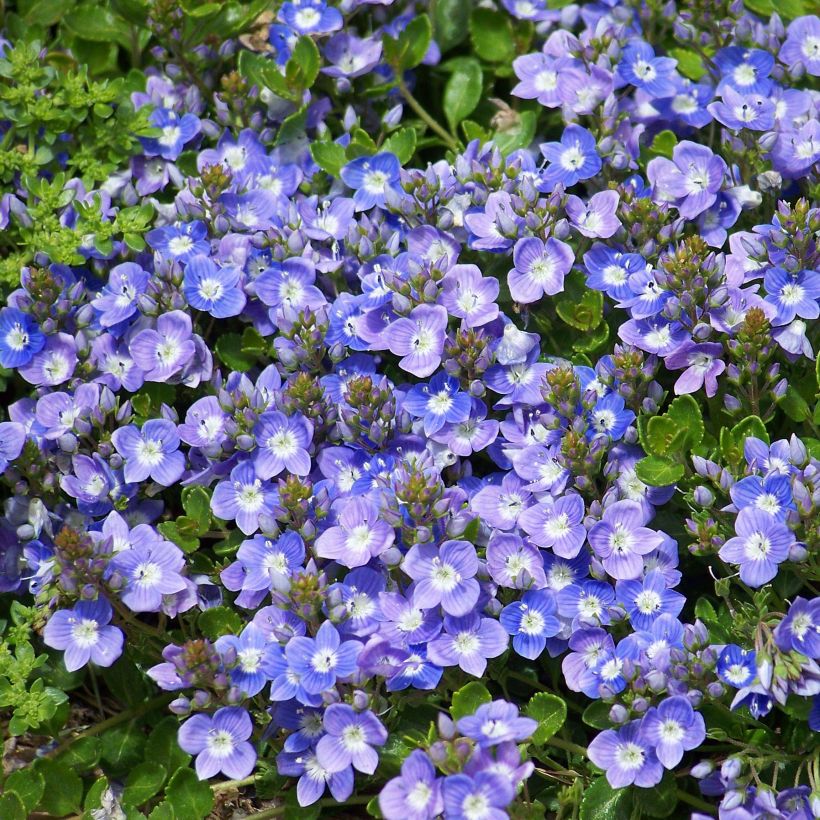

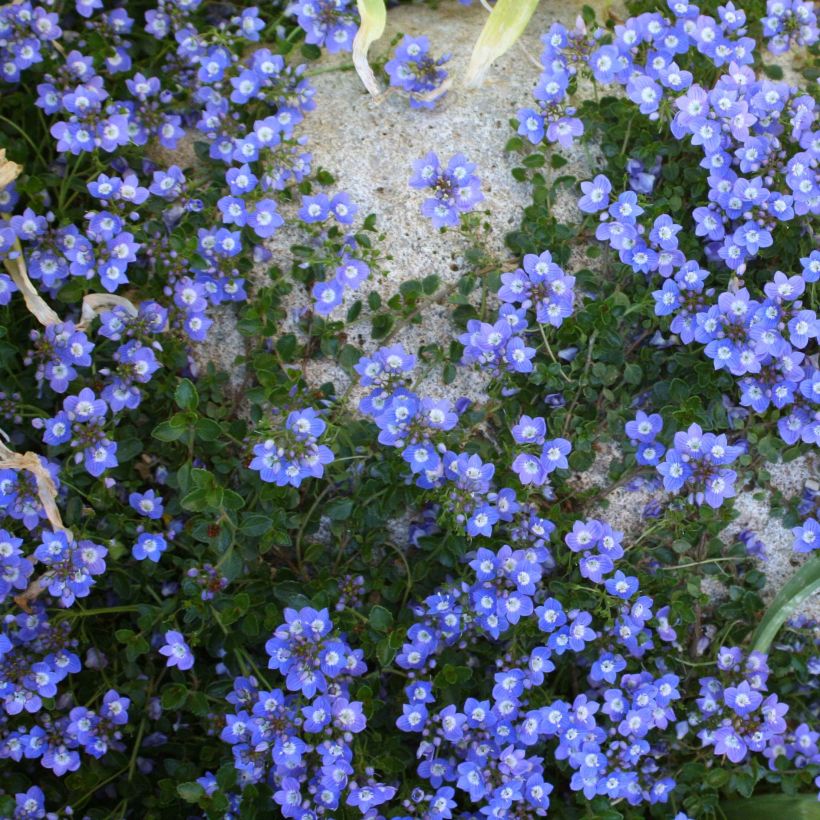

Flowering
Foliage
Plant habit
Botanical data
Veronica
liwanensis
Scrophulariaceae
Speedwell
Caucasus
Other Veronica - Speedwell
View all →Planting and care
This lovely creeping variety is very hardy (down to -25°C (-13°F)) and can be planted in any well-drained, ordinary, even rocky, acidic, sandy or slightly chalky soil, in full sun or partial shade in warm climates. While it tolerates summer drought well, it doesn't like really dry, warm soils. It is useful in a rockery or as a border plant and will flower more easily if faded flowers are removed and it is occasionally watered.
Planting period
Intended location
Care
-
, onOrder confirmed
Reply from on Promesse de fleurs
Similar products
Haven't found what you were looking for?
Hardiness is the lowest winter temperature a plant can endure without suffering serious damage or even dying. However, hardiness is affected by location (a sheltered area, such as a patio), protection (winter cover) and soil type (hardiness is improved by well-drained soil).

Photo Sharing Terms & Conditions
In order to encourage gardeners to interact and share their experiences, Promesse de fleurs offers various media enabling content to be uploaded onto its Site - in particular via the ‘Photo sharing’ module.
The User agrees to refrain from:
- Posting any content that is illegal, prejudicial, insulting, racist, inciteful to hatred, revisionist, contrary to public decency, that infringes on privacy or on the privacy rights of third parties, in particular the publicity rights of persons and goods, intellectual property rights, or the right to privacy.
- Submitting content on behalf of a third party;
- Impersonate the identity of a third party and/or publish any personal information about a third party;
In general, the User undertakes to refrain from any unethical behaviour.
All Content (in particular text, comments, files, images, photos, videos, creative works, etc.), which may be subject to property or intellectual property rights, image or other private rights, shall remain the property of the User, subject to the limited rights granted by the terms of the licence granted by Promesse de fleurs as stated below. Users are at liberty to publish or not to publish such Content on the Site, notably via the ‘Photo Sharing’ facility, and accept that this Content shall be made public and freely accessible, notably on the Internet.
Users further acknowledge, undertake to have ,and guarantee that they hold all necessary rights and permissions to publish such material on the Site, in particular with regard to the legislation in force pertaining to any privacy, property, intellectual property, image, or contractual rights, or rights of any other nature. By publishing such Content on the Site, Users acknowledge accepting full liability as publishers of the Content within the meaning of the law, and grant Promesse de fleurs, free of charge, an inclusive, worldwide licence for the said Content for the entire duration of its publication, including all reproduction, representation, up/downloading, displaying, performing, transmission, and storage rights.
Users also grant permission for their name to be linked to the Content and accept that this link may not always be made available.
By engaging in posting material, Users consent to their Content becoming automatically accessible on the Internet, in particular on other sites and/or blogs and/or web pages of the Promesse de fleurs site, including in particular social pages and the Promesse de fleurs catalogue.
Users may secure the removal of entrusted content free of charge by issuing a simple request via our contact form.
The flowering period indicated on our website applies to countries and regions located in USDA zone 8 (France, the United Kingdom, Ireland, the Netherlands, etc.)
It will vary according to where you live:
- In zones 9 to 10 (Italy, Spain, Greece, etc.), flowering will occur about 2 to 4 weeks earlier.
- In zones 6 to 7 (Germany, Poland, Slovenia, and lower mountainous regions), flowering will be delayed by 2 to 3 weeks.
- In zone 5 (Central Europe, Scandinavia), blooming will be delayed by 3 to 5 weeks.
In temperate climates, pruning of spring-flowering shrubs (forsythia, spireas, etc.) should be done just after flowering.
Pruning of summer-flowering shrubs (Indian Lilac, Perovskia, etc.) can be done in winter or spring.
In cold regions as well as with frost-sensitive plants, avoid pruning too early when severe frosts may still occur.
The planting period indicated on our website applies to countries and regions located in USDA zone 8 (France, United Kingdom, Ireland, Netherlands).
It will vary according to where you live:
- In Mediterranean zones (Marseille, Madrid, Milan, etc.), autumn and winter are the best planting periods.
- In continental zones (Strasbourg, Munich, Vienna, etc.), delay planting by 2 to 3 weeks in spring and bring it forward by 2 to 4 weeks in autumn.
- In mountainous regions (the Alps, Pyrenees, Carpathians, etc.), it is best to plant in late spring (May-June) or late summer (August-September).
The harvesting period indicated on our website applies to countries and regions in USDA zone 8 (France, England, Ireland, the Netherlands).
In colder areas (Scandinavia, Poland, Austria...) fruit and vegetable harvests are likely to be delayed by 3-4 weeks.
In warmer areas (Italy, Spain, Greece, etc.), harvesting will probably take place earlier, depending on weather conditions.
The sowing periods indicated on our website apply to countries and regions within USDA Zone 8 (France, UK, Ireland, Netherlands).
In colder areas (Scandinavia, Poland, Austria...), delay any outdoor sowing by 3-4 weeks, or sow under glass.
In warmer climes (Italy, Spain, Greece, etc.), bring outdoor sowing forward by a few weeks.































